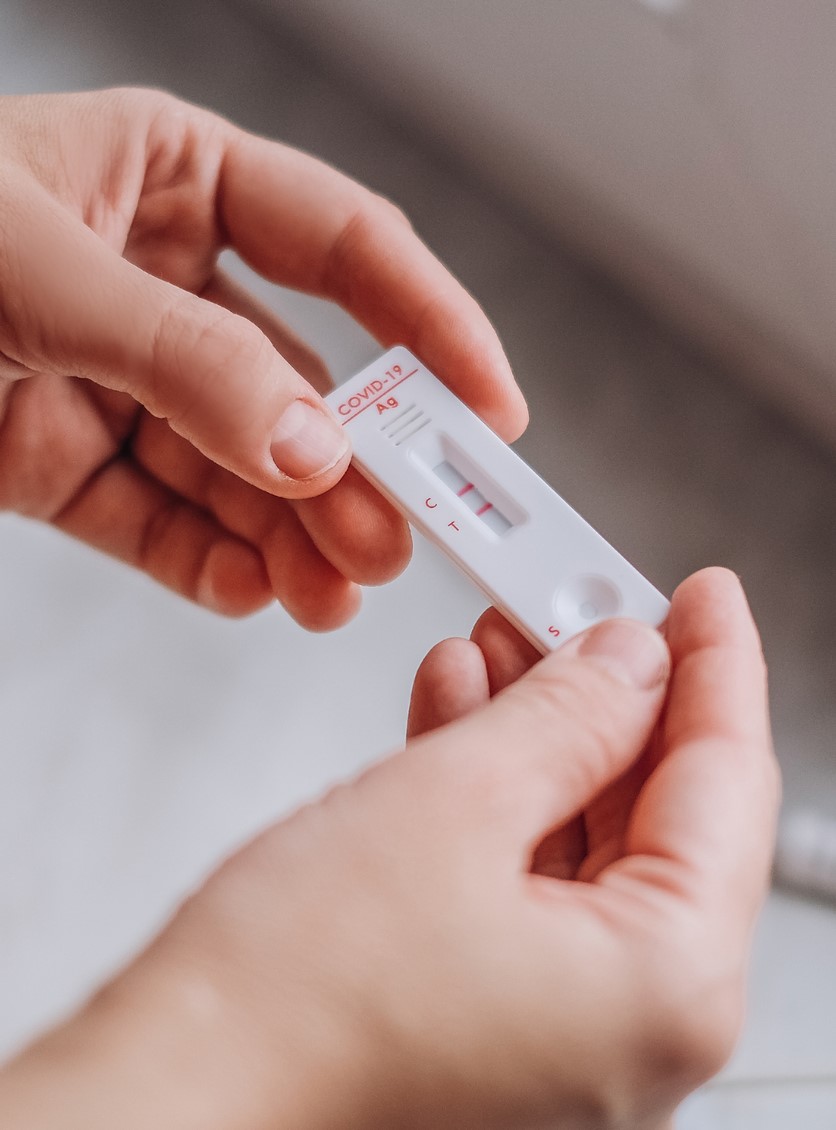 A US study shows that people who had positive home-based COVID-19 test results from January 2021 to March 2022 had a 29% lower likelihood of following isolation recommendations than those with results from a healthcare provider.
A US study shows that people who had positive home-based COVID-19 test results from January 2021 to March 2022 had a 29% lower likelihood of following isolation recommendations than those with results from a healthcare provider.
Scientists from the Centers for Disease Control and Prevention (CDC) led the panel survey study of COVID-positive people, published yesterday in Emerging Infectious Diseases. In 2021, the CDC recommended that infected people isolate for at least 10 days, shifting to 5 days in 2022.
The CDC estimated that 48,518,190 adults had one or more positive COVID-19 test results; 24% had results from home tests only, and 76% had results from provider tests.
Home tests preclude provider-based education
People with positive home test results had significantly lower odds of isolating for any length of time than those with provider results (78% vs 84%; adjusted odds ratio [aOR], 0.72).
Of patients who isolated, the chances that their isolation met current guidelines were significantly lower among those with home rather than provider tests (64% vs 73%; aOR, 0.71). The adjusted average length of isolation was 2 days shorter among those who used home rather than provider tests.
The authors said that home tests broadened access to COVID-19 diagnosis, particularly for those with no primary healthcare provider or health insurance. But although such tests are convenient and may speed diagnosis, they eliminate the opportunity for providers to offer health education and reinforce the importance of isolation to mitigate COVID spread.
"Clear public health messaging about when and how to test, and the efficacy of each type of test, may help to ensure that persons are testing at the appropriate time," they wrote.
Clear public health messaging about when and how to test, and the efficacy of each type of test, may help to ensure that persons are testing at the appropriate time.
The researchers added that encouraging self-report of positive home test results to health departments would improve COVID-19 surveillance, case investigation, and contact tracing.
"Examining specific individual-level or community-level behavioral factors associated with self-reporting and other public health actions may extend these findings and deepen our understanding of optimal strategies to mitigate future pandemics," they concluded.

 A US
A US 








